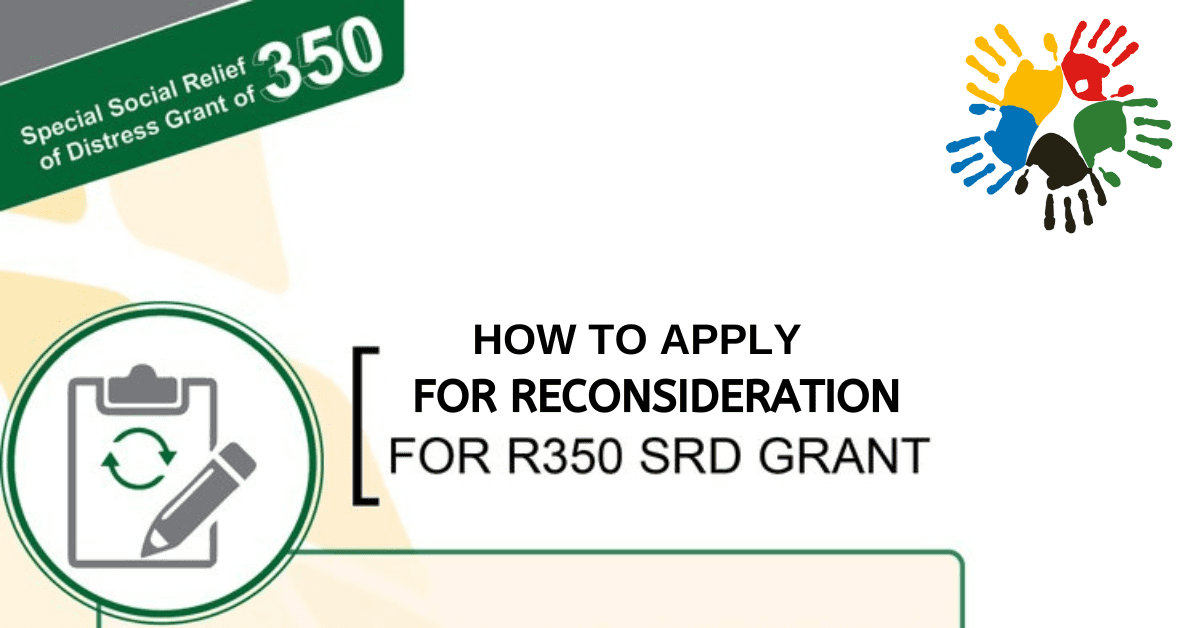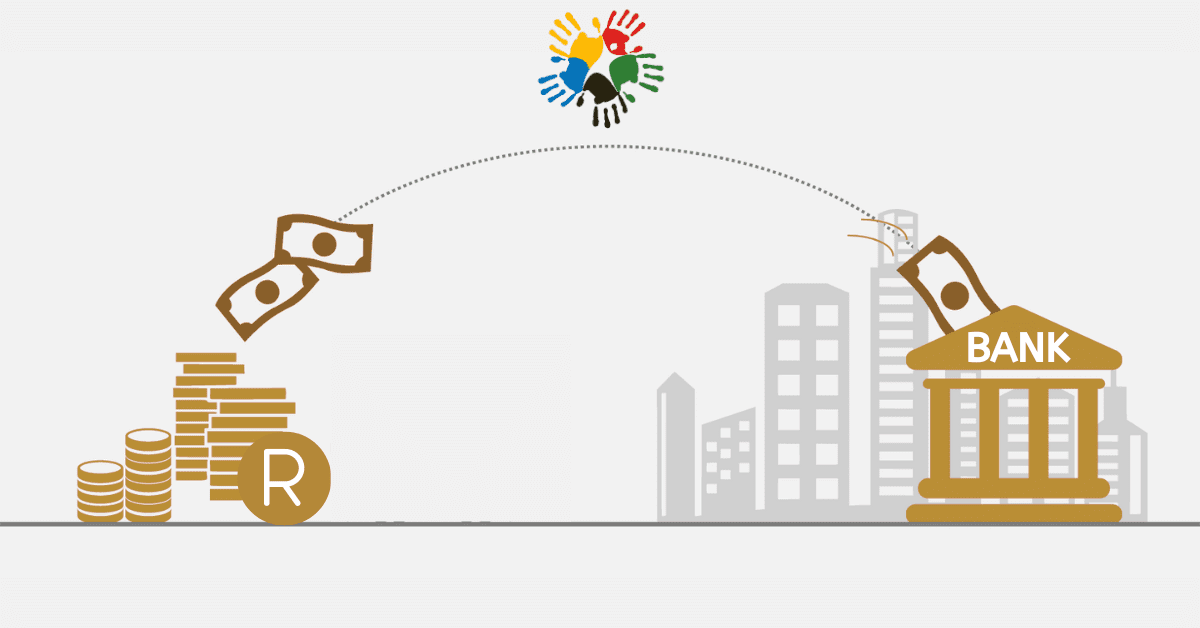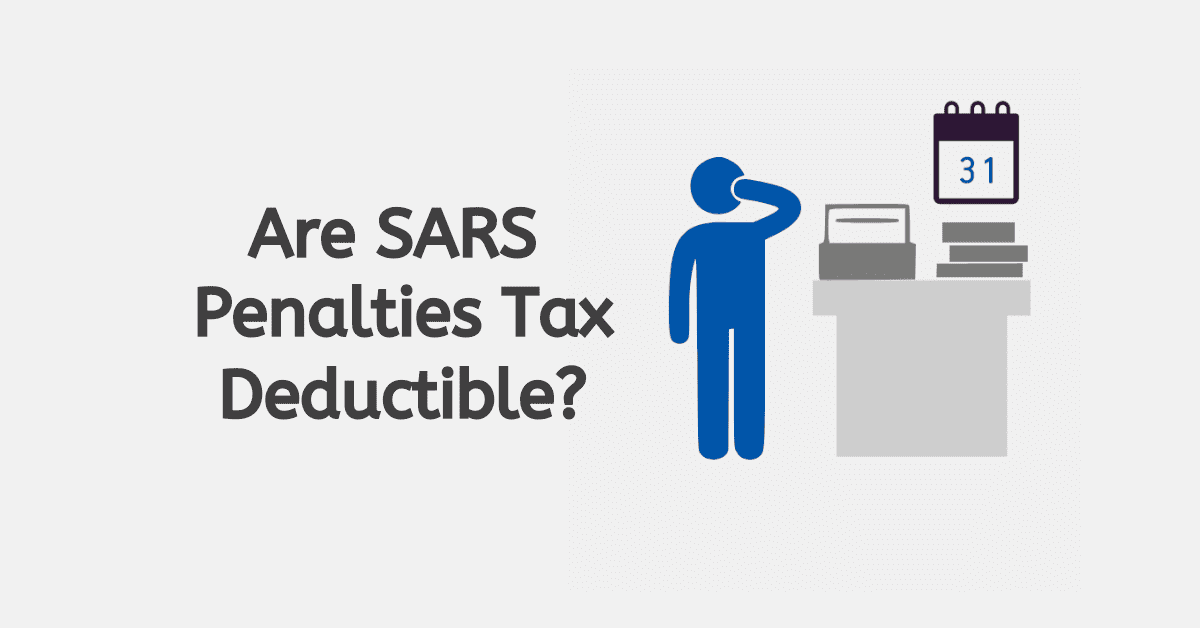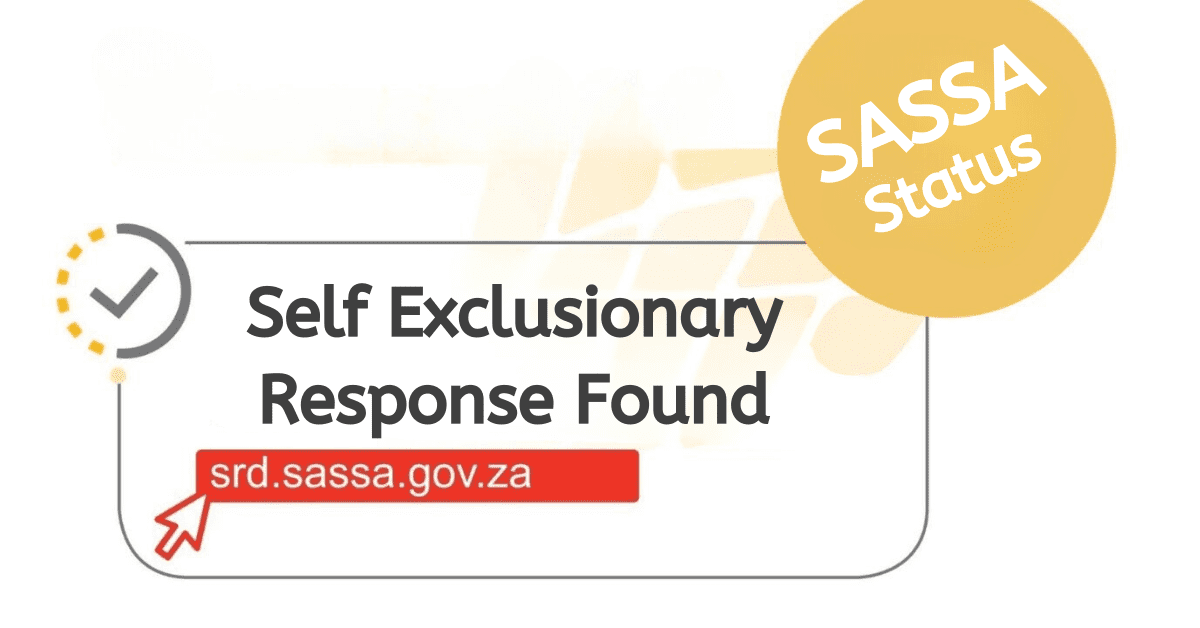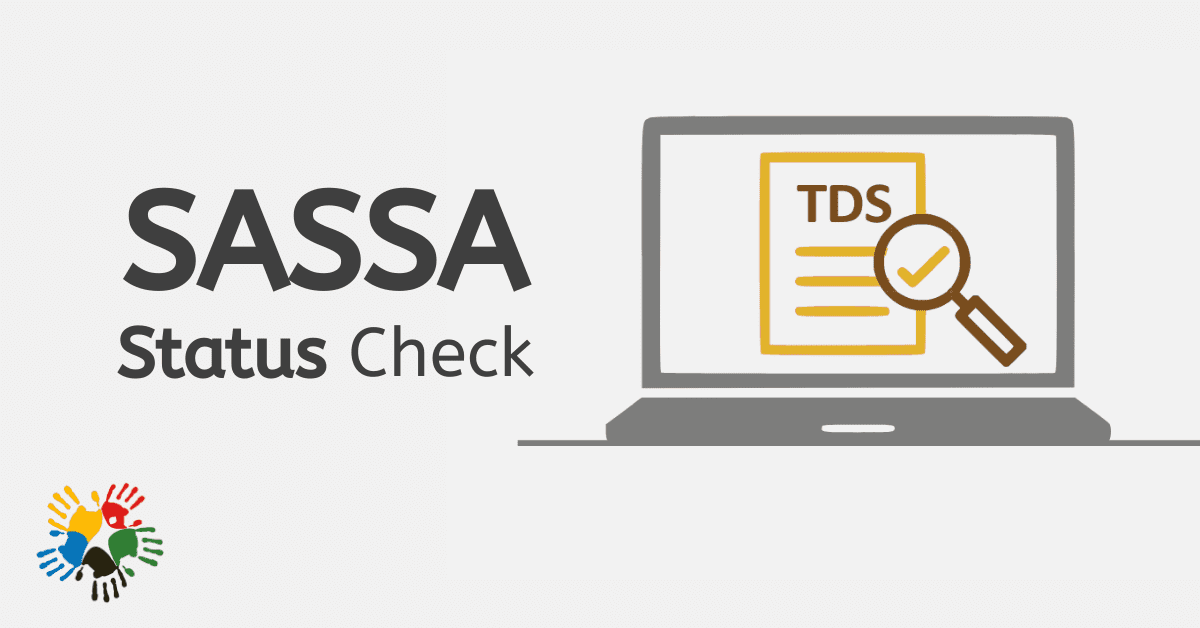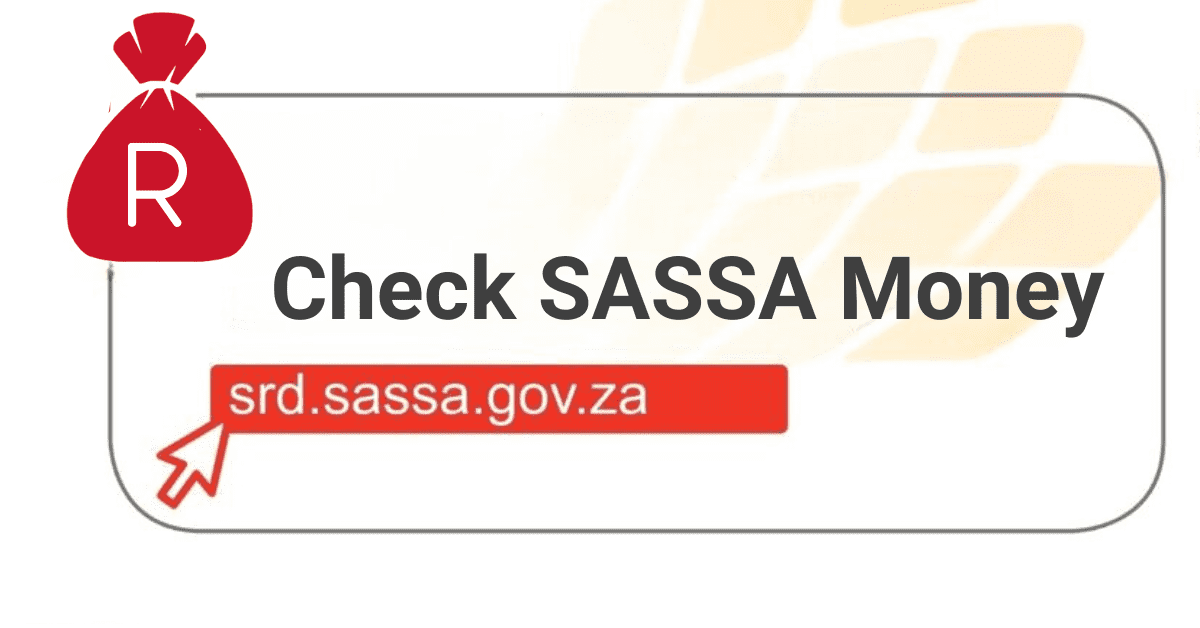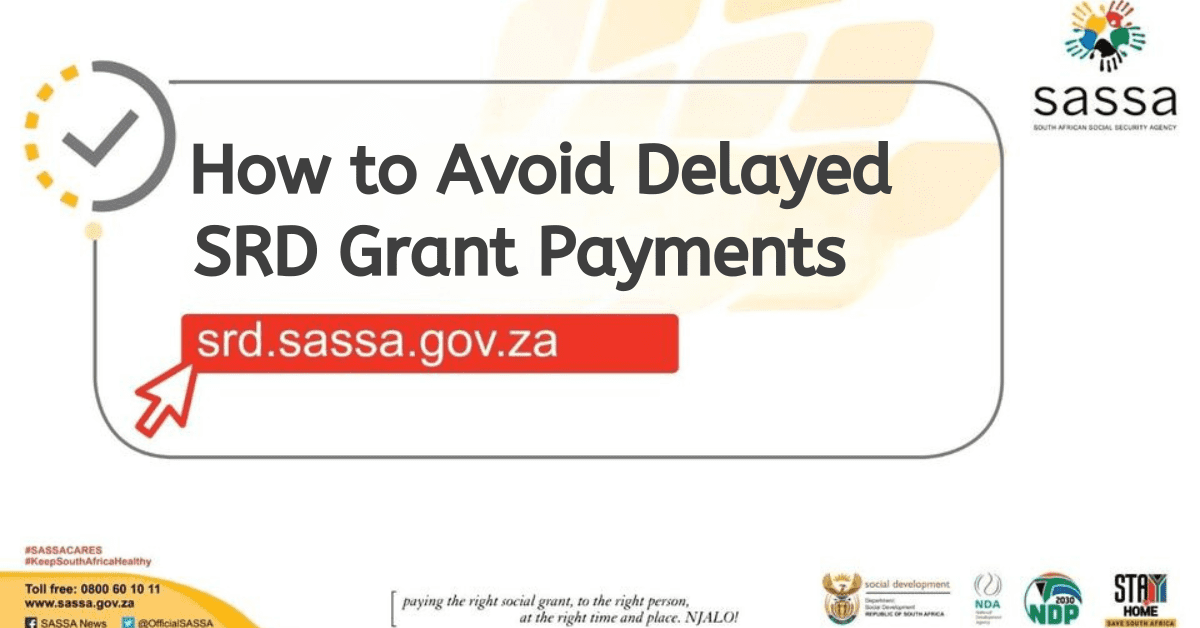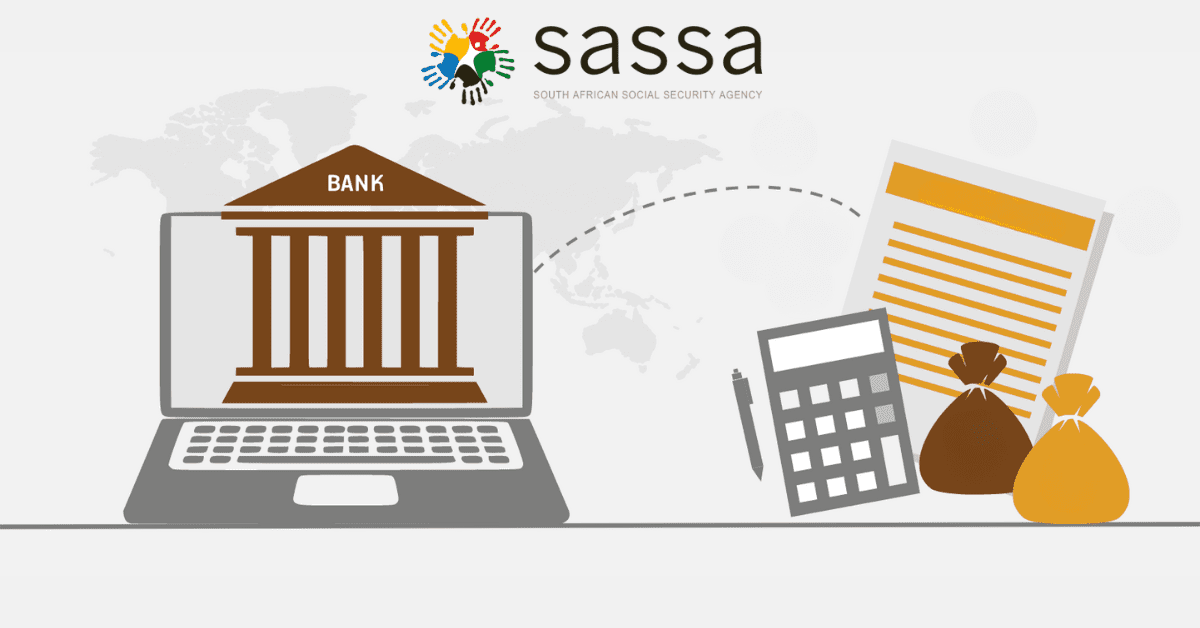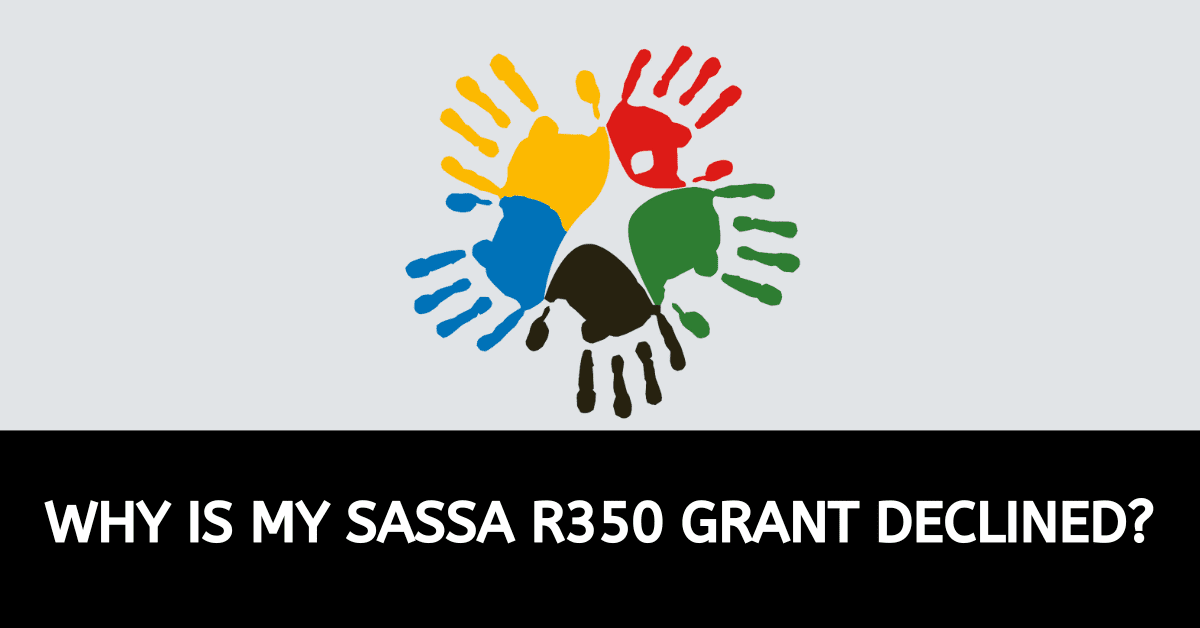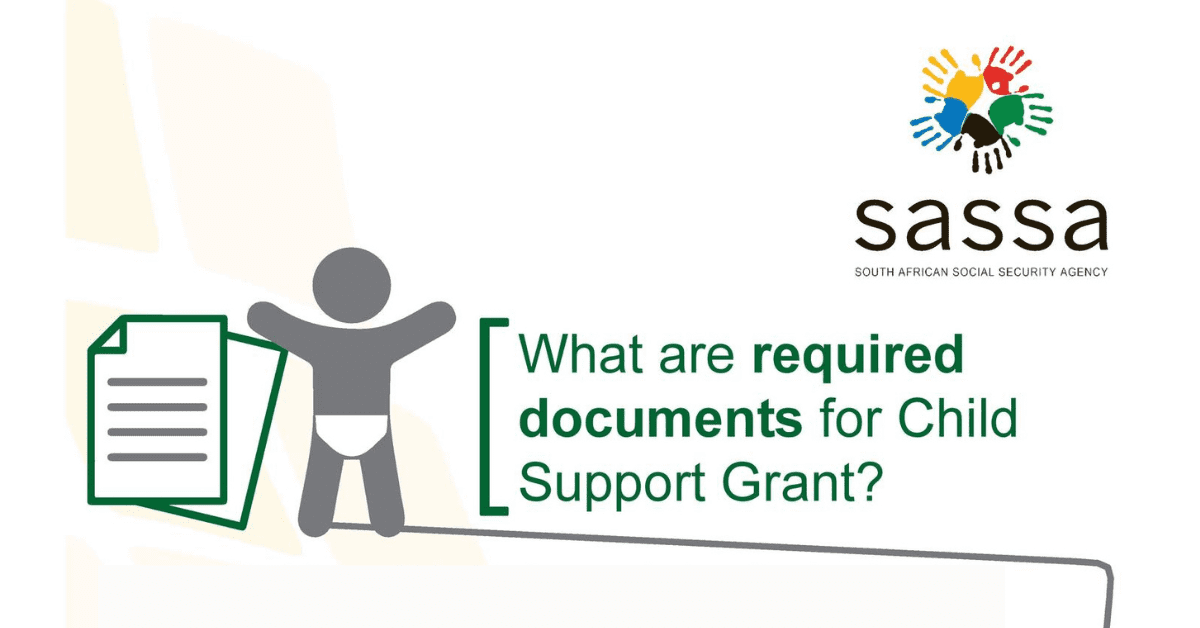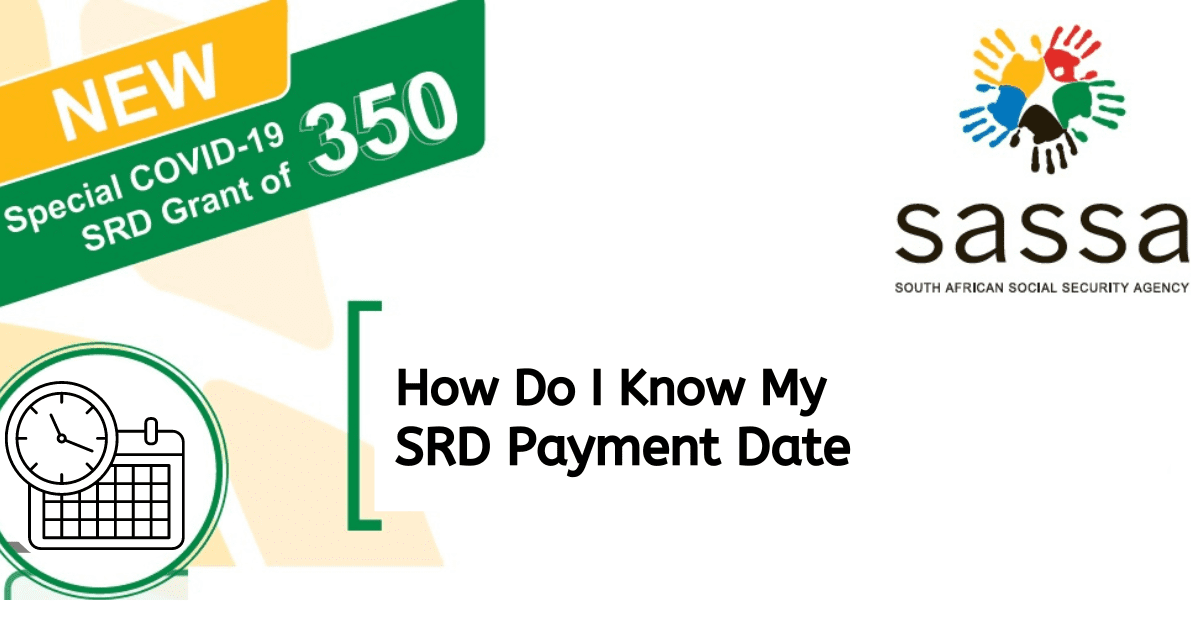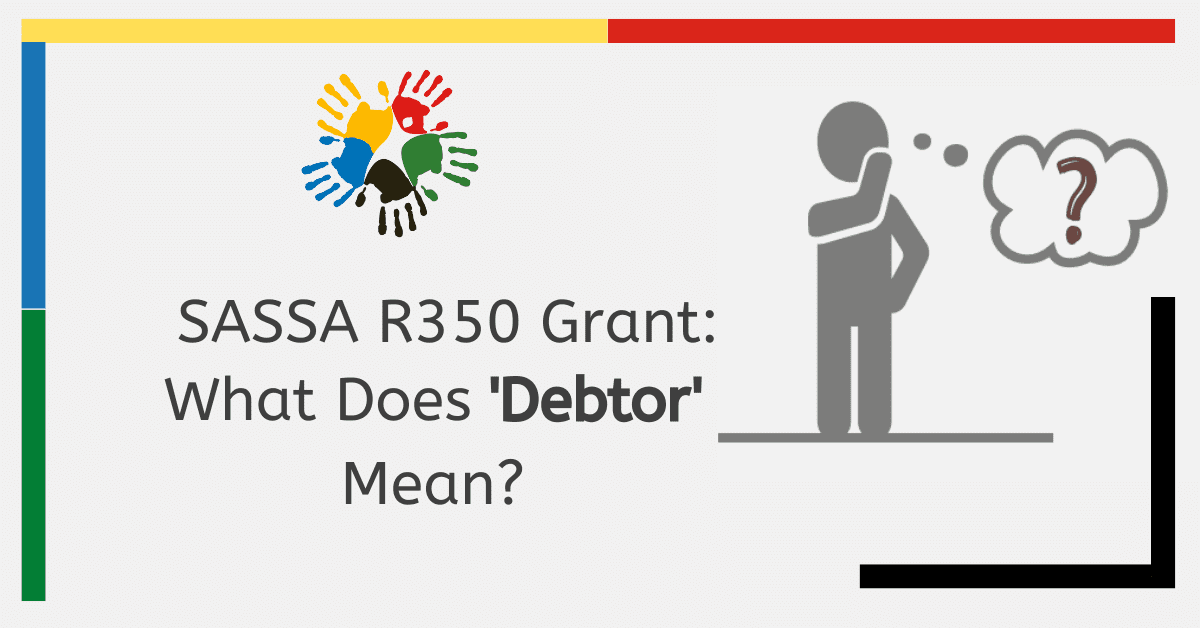The SRD grant, or ‘R370 grant,’ is a temporary form of financial assistance provided by the South African government to support those who are in desperate need of assistance due to circumstances such as loss of income or livelihood, disability, or old age. It came to be due to job losses during the COVID pandemic.
To prevent fraud and ensure that the grant reaches the intended beneficiaries, the South African Social Security Agency (SASSA) has brought in a new biometric technology to verify the identity of applicants before providing them with financial assistance. While dealing with new technology can be intimidating (and sometimes frustrating), it is an important step in getting your grant. Here’s what you should know about it.
What is SRD Biometric Identity Verification?
The SRD Biometric Identity Verification is simply the process of using ‘biometric data’, like fingerprints or facial recognition, to verify your identity when you apply for the South African Social Relief of Distress (SRD) grant.
This means the Department will collect the biometric data of applicants and use this data to compare against a national biometric database in order to confirm your identity. This process should ensure that only eligible applicants receive the SRD grant and help to prevent fraudulent claims and other deceitful practices.
How Do I Fix My SRD Identity Verification?
For most new applicants, the data will simply be taken at the time of application. However, existing SRD recipients will need to update their biometric data, and this is a process which can be error-prone.
If your identity cannot be verified electronically, SASSA may request that you visit a biometric enrollment centre to have your biometric data captured. You will need to provide proof of identity and undergo a biometric registration process to have your identity verified.
If you are having issues with your SRD identity verification, there are a few steps you can take to try to resolve the problem. The first step is to contact SASSA to find out why your identity verification was unsuccessful. You can call their toll-free number at 0800 60 10 11 or visit your nearest SASSA office for in-person assistance.
SASSA may request additional documentation from you to help verify your identity. This could include your ID document, passport, or other forms of identification you hold. Once you have taken steps to address the identity verification issue, it is imp ortant to follow up regularly with SASSA to ensure that the issue has been resolved and your application is being processed. Remember that they handle an incredible volume of applications daily, so your active participation is necessary.
What Does it Mean if Identity Verification Failed?
If you receive a notification that your identity verification failed, this means SASSA either cannot match you to existing government databases or that an error in the details you provided them has been found.
This is why it is so essential you triple-check all details on your SASSA SRD application to ensure a smooth process and help avoid such errors. If your application is rejected due to identity verification failure, you have 30 days to appeal to SASSA about the decision and correct the error.
Errors can occur for any number of reasons, but a common one is a mismatch of surnames at the Department of Home Affairs for women who have divorced or people who have otherwise changed names, so it is smart to ensure that your records at the Department of Home Affairs match all other forms of identity verification you are providing before applying.
Why Can’t My Identity be Verified Online?
While online verification is the fastest way to meet this new approval need for the SRD grant, it can fail for a variety of reasons. If you are unable to verify your identity online, you should contact SASSA to find out why your identity verification was unsuccessful and to determine the next steps you should take to resolve the issue.
The most common type of failure is where the information you provided during the application process does not match the information on record, meaning your identity cannot be verified. Additionally, if there are errors or omissions in your application, your identity may not be verified online. This could be due to a mistake on your part or an error in the system. We outlined a common issue for married and divorced women above.
If you have not previously registered your biometric data with the South African Government, you may not be able to verify your identity online. In this case, you may need to visit a biometric enrollment center to have your biometric data captured.
Sometimes, technical issues can prevent the system from verifying your identity online. This could be due to a problem with the system itself or with your internet connection. Try to use a stable and reliable internet connection you can trust for this important procedure.
Sadly, fraud can also be an issue. If someone else has already registered using your personal information, you may not be able to verify your identity online and will need to appeal to SASSA to have this fixed. This type of fraud is exactly why the SRD biometric system is being introduced.
While getting your biometric data verified can feel like an unnecessary headache, it’s an important new security measure that will benefit everyone in the end. Hopefully, you now understand much more about it, too.
